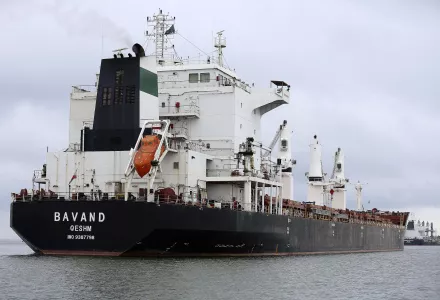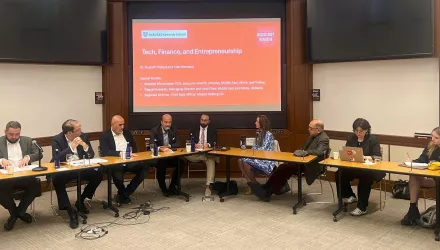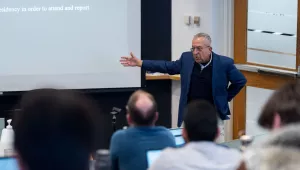
Over the last two decades, there has been a dramatic increase in the popularity of financial sanctions as an instrument of US foreign policy to address security threats ranging from weapons of mass destruction (WMD) proliferation and terrorism to human rights violations and transnational crime. Washington’s policymakers have prized these tools for their ability to rapidly apply pressure against foreign targets with few perceived repercussions against American business interests. The problem, however, is that Washington is ignoring a growing tension between financial sanctions designed to support economic statecraft (with non-financial goals) and those designed to protect the international financial system. Confusing the two sends mixed signals to adversaries as well as allies and undermines US credibility and commitment to upholding international banking rules and norms. If Washington cannot reconcile these competing processes, it is unlikely that future administrations will enjoy the same foreign policy levers, leaving the United States at a significant disadvantage.
Policymakers in Washington tend to describe financial sanctions in monolithic terms. The truth, however, is that not all financial sanctions are created equally. US financial sanctions are built from an array of different legal and regulatory authorities, as well as different implementing and enforcement authorities. In order to appreciate and understand these nuanced complexities, it is first necessary to understand how and why these tools are so powerful.
There are two key sources of power when it comes to US financial sanctions. The first is “dollar dominance,” or the centrality of the US dollar, which makes up 62 percent of all foreign currency reserves and 90 percent of foreign exchange turnover, according to the International Monetary Fund (IMF), making the US dollar the principal currency used around the world. In a recent speech, the Bank of England’s governor noted that the United States accounts for 10 percent of global trade, 15 percent of global GDP, and more than 50 percent of global trade invoices. From a legal and regulatory standpoint, this means that US authorities possess a great deal of power over who is permitted to use US dollars, how those dollars are used, and where those transactions take place. For all intents and purposes, the United States acts as a gatekeeper when it comes to international trade and commerce.
In addition to its “dollar dominance,” America is also viewed as a leader and strategic partner in protecting the global financial system against fraud and abuses like money laundering and terrorist financing. This leadership role, however, evolved in part due to the widespread use of the US financial system, as well as a concerted effort since the late 1970s to remain apolitical. As William F. Wechsler, a former Special Advisor to the Secretary of the Treasury during the Clinton administration, aptly notes, the United States emerged as a leader by not playing “diplomatic favorites.” In other words, the international community viewed the United States as an honest broker, and by the turn of the 21st century, the United States had established itself as a leader and consensus-builder in protecting the global financial system.
In the age of sanctions, however, US central authority and role within the global financial system has proven an all too tantalizing lever of political power for Washington’s policymakers. Consequently, the United States now finds itself in a situation where it must reconcile national security interests without being perceived as unfair, unjust, or exploitative of its unique role as the defender of the global financial system.
Arnold, Aaron. “A Financial Sanctions Dilemma.” Washington Quarterly, Winter 2020
The full text of this publication is available via Washington Quarterly.




